Although it really wasn’t logical to think that Joe Kubert would live forever, I think we can all be forgiven for thinking it might
just happen. So his death yesterday at age 85 comes as a real blow. With one of the longest, most productive careers in American comics, he was a pillar of such energy and strength that as dynamic as his art was, the man himself seemed to surpass it.
Kubert’s start in comics sounds like something out of the annals of the child welfare agency now: as a mere boy of 12 or so, he hung around the studios of the burgeoning comics industry of the late 30s—not exactly the most savory place for a kid, perhaps, but he loved to draw, and his family encouraged that interest. It was at MLJ Studios (the precursor to Archie) that Kubert recalled getting his his first job, helping ink a Bob Montana story while he was just a young teen. (The exact details of Kubert’s first comics job don’t seem to have ever been established, such being the drifting memories of a man with a long life behind him.) Although he did go to high school—the High School of Music and Art—by the time he graduated he was already working with several publishers, and coloring reprint of Eisner’s Spirit. Harvey, EC, Fiction House — Kubert worked for them all, creating the prehistoric warrior Tor, for St. Allen and becoming the seminal Hawkman artist for the Silver Age DC.
It was of course the war books, and Sgt. Rock that became his signature. Co-created with writer Robert Kanigher, these tough, direct tales were all about real-life bravery and heroism in the face of the brutality and senselessness of people killing other people—the standard stuff of war comics perhaps, but Kubert’s vitality and passion for the subject energized them. Kubert couldn’t help drawing iconic, heroic characters—see any drawing of Sgt. Rock glaring from his helmet—but his stories were gritty and humane.
As you can see from looking at any page of his art, Kubert excelled at the larger-than-life characters and fantastic action required by the pulp comics industry. And when I say excelled I mean he nailed it in every line and panel with a completely distinctive style that was sleek and rugged at the same time. He possessed an immense natural talent—one that developed quickly and surely, as shown by his early entry into professionalism. It’s all the more remarkable that he was able to pass on his knowledge. Many people with Kubert’s innate genius can no more talk about it than they can learn a new style. That was not the case with Kubert, and he was so committed to helping other learn the rules and guidelines of comics that he opened perhaps the most famous school for comics artists—and the only school devoted solely to cartooning, The Kubert School in Dover, NJ, which he opened in 1976 with his wife Muriel, and ran until his death. Its first graduating class including Steve Bissette, Rick Veitch and Tom Yeates, enough to cement its legacy right there, but the hits kept coming with such graduates as Amanda Conner, Tom Mandrake, Timothy Truman, Matt Hollingsworth, Tim Truman, Jan Duursema, Alex Mallev, Bart Sears, Kevin Colden, Eric Shanower and many more And of course his two youngest sons, Adam and Andy, have become indispensable parts of the comics world themselves.
Kubert’s golden age lasted for 50 years or so—his Tarzan was one of the most definitive; Enemy Ace, Ragman…the list goes on and on. In the last two decades of his life, Kubert turned to more personal subjects from real life; Fax from Sarajevo, based on letters from his friend, art agent, Ervin Rustemagić, sent during the siege of Sarajevo. Perhaps Kubert’s most personal work was Yossel: April 19, 1943 which told the story of the Warsaw Ghetto Uprising from the viewpoint of a young artist named Yossel. Kubert’s real family escaped from Poland in 1926, when Kubert was only two months old, and the winds of disaster were just beginning to blow. Yossel was Kubert’s version of “what might have been” had they not been able to escape. Yossel, and the rest of Kubert’s later works were brought out last year as part of the Joe Kubert Library at DC.
Other books in his more realistic vein include Dong Xoai, Vietnam 1965 and, probably the least successful, Jew Gangster. None of these books are masterpieces of subtlety, but the passion and humanity of their author is visible on every page.
Looking over examples of Kubert’s art, it’s hard not to be amazed at the sheer excellence of it all—emphasis on the ALL. Thousands of pages, all of them inventive, bold and, most importantly, clear. There is no question about what’s going on in a Kubert page. Like the two other Ks— Jack Kirby and Gil Kane—Kubert showed just how great you could be within the framework of an industry that, in its heyday, called for artists to turn out dozens of pages of work a month. There are shortcuts and recurring images, sure, but no matter how many times Kubert drew the same kinds of stories, it seems like the first time for him. From the beginning to the end, every panel is engaged and engaging.
It’s this very clear vitality for life which made Kubert, the man, the living legend, and the universally beloved, respected figure he was. At an age when most people were long retired, Kubert was still going strong—a new collection from DC was announced for this fall—and thrilling people at conventions just by being the kind of approachable, friendly legend that the comics industry, thankfully, has in abundance. Let’s face it, you don’t get to just go up and gab with Scorsese or Stephen King. but you could usually find Joe Kubert, get an autograph or just tell him how much you admired him. That is one of the very best things about the comics industry and something we should be incredibly grateful for.
Only a year ago, I was putting on a panel on history and comics for New York Comic-Con, and wrote a letter to the Kubert School information email address, timidly asking if Mr Kubert might possibly be interested in being on the panel. (You gotta start at the top, is one of my mottos.) To my shock, Joe himself wrote back, and yes he would do the panel…if he was at the show that day. Sadly he wasn’t, and I missed out on an event that I would have remembered the rest of my life.
One thing I will always remember about Kubert is from the first Pro/CON back in 92 or so. This was a professionals only gathering that presented panels and talks on various industry subjects. Which most of the first day was taken up with saving comics (breaking away from the 32 page pamphlet being the most popular suggestion) Kubert presented a talk on storytelling—he put up a few blow-ups of his thumbnails on an easel and just started talking about them. I remember the whole room sitting up straight and hanging on his every word. The thumbnails were so perfect—each a tiny lesson in values and motion and layout. “The eye goes to the area of the greatest contrast,” he said, one little soundbite that has stayed with me to this day. I’m sure the talk was only a sampling of the kind of thing he told students, but it was right on the money.
Memorials and tributes for Kubert are pouring in by the minute. You would be hard pressed to name another person in comics so universally admired and liked. Kubert’s life was a comic book life, through and through, but unlike so many of the sad stories that I and others write about as cautionary tales, Kubert seems to have found a happy medium, and lived a long, productive life of doing what he loved…and sharing that love with the people around him. There’s nothing not to admire there. I’m just sad we couldn’t have shared it with him for even longer.
Kubert is survives by his five children, sons David, Danny, Adam and Andy; his daughter Lisa, and many grandchildren, including Katie Kubert, currently an assistant editor at DC. My condolences to them all.
*****
Neal Adams, Moebius, and Joe Kubert in New York, 1972
Via


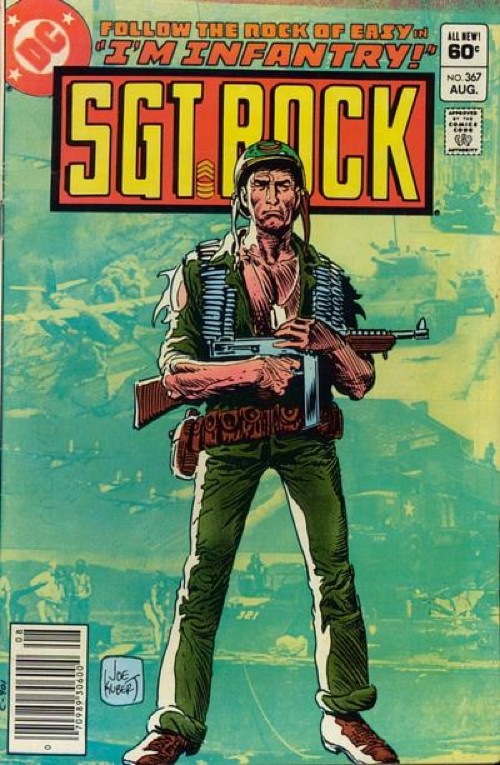
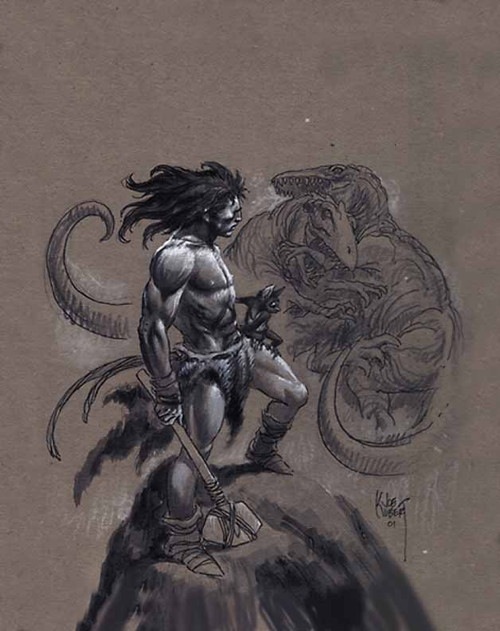
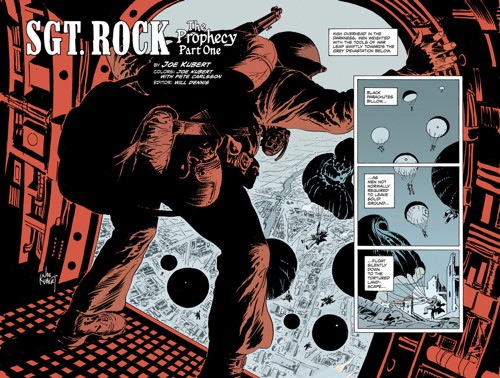
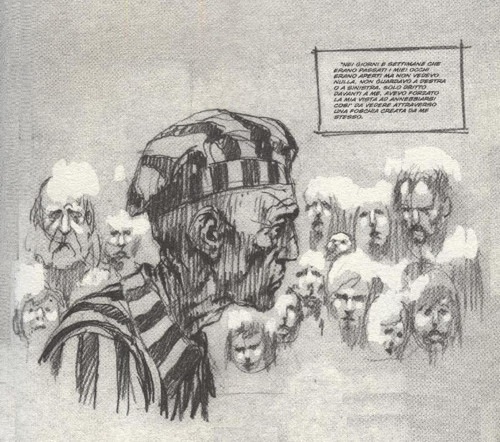
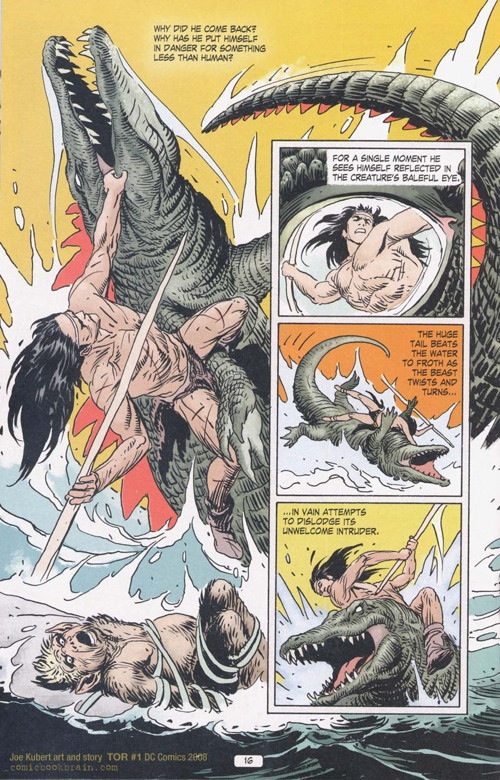
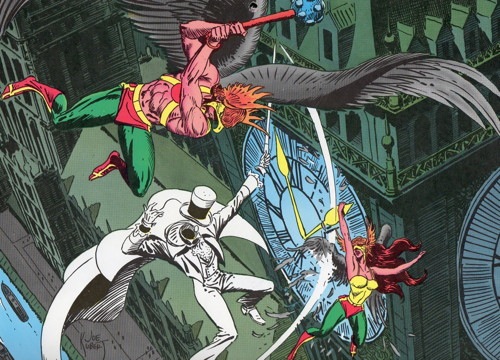
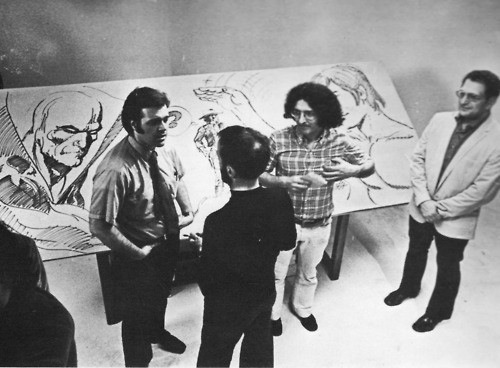
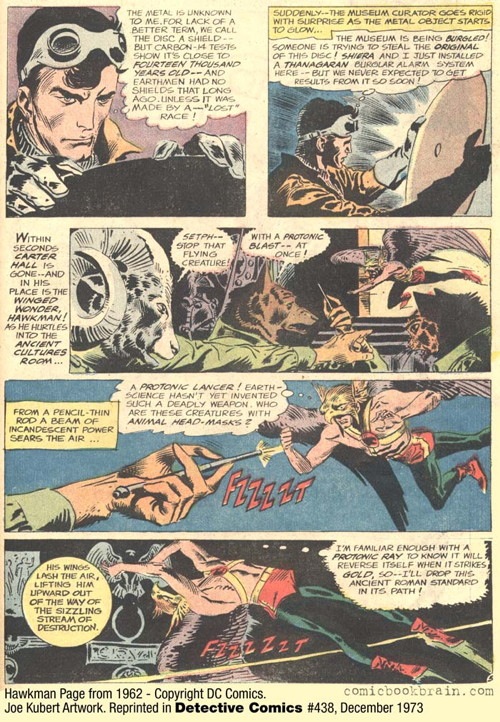
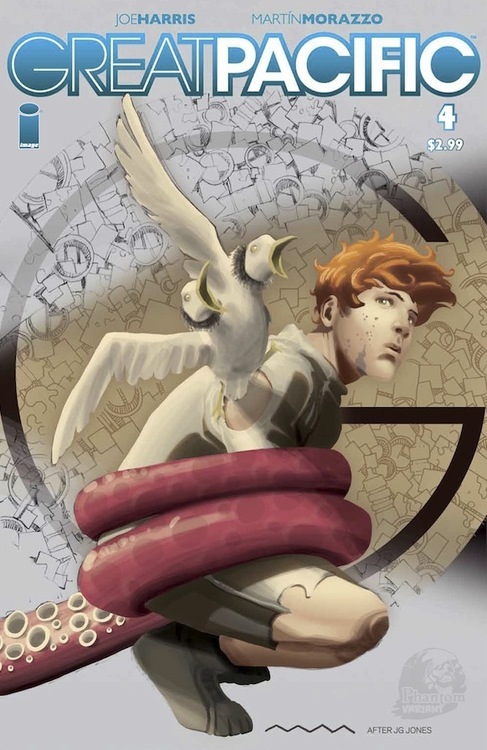
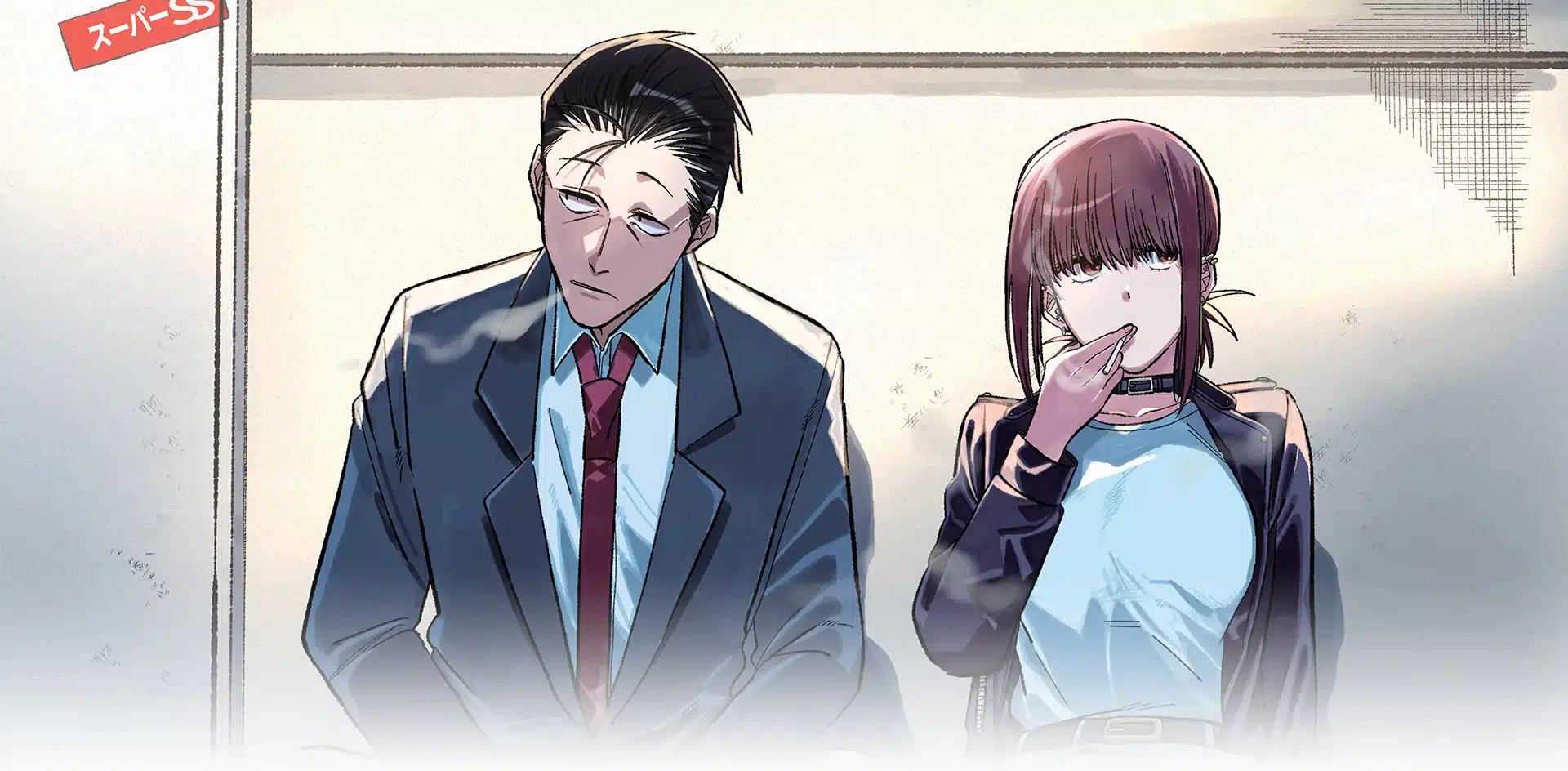

The title “Legend” is thrown around to easily these days, but with Joe Kubert the title fits perfectly. R.I.P., and thank you for all the enjoyment you’ve given me in my life.
Thank you for running this brief, yet informative piece on Joe “The Legend” Kubert.
In the past 6 months I’ve been revisiting some of his work, including Tarzan, Yossel, and Tex, The Lonesome Rider. What an incredible talent. Thanks Mr. Kubert, you will be missed!
RESPECT.
Here in South India, we started to love him only after we saw his work for the Italian Tex Willer Story – The Lonesome Rider. After which, anything drawn by him meant only one thing: Quality.
R.I.P. Joe.
We Love You.
“Published by the now defunct iBooks, the rights to this book are probably caught up in some weird limbo, but it’s deserving of being brought back into print as one of Kubert’s most powerful statements as a creator.”
Heidi, Yossel was republished last year by DC as part of its Joe Kubert library: http://www.dccomics.com/graphic-novels/yossel
Jew Gangster, too: http://www.dccomics.com/graphic-novels/jew-gangster
Byron Preiss was extremely proud of publishing Yossel. If I remember correctly, Kubert had originally offered it to DC but they turned it down because they didn’t think it would have mass appeal. Kubert then brought it to his old friend, Byron, who was more than happy to give it the attention it deserved.
A great loss, to be sure. A comic salute: http://www.cinemabums.com/?p=477
the first time i met joe kubert was at a comic show in the late 1990’s that was being held in white plains n.y.. upon seeing him in person for the first time, i commented “has anyone ever told you that you kinda resemble the actor james whitmore when he was younger?” (well, to me anyway). he said no and laughed and got a real kick out of that suggestion. we then went on to have a very nice conversation about his art style, which of course is just fantastic. i saw him only a couple of times more over the years (the last time at baltimore con a couple of years ago) and he was always very nice and fun to talk to. i agree with mr.williams above, joe kubert will be missed. condolences to family, friends, and fans.
Great piece, Heidi. Thanks for posting this. A few thoughts of my own: http://neilkleid.tumblr.com/post/29340767545/joe-kubert-genius-hero-creator-landsman
He had a pervasive sense of grim drama — there was always something in the eyes. I wonder if it was merely something he picked up from another artist or pieces of movies he liked — or, maybe, something he personally noticed, in the eyes of the men who came back from war ?
A few choice scans of JK line work:
http://kubertneverdies.wordpress.com/
This is a great tribute in honor of Joe Kubert. Sadly we lost another legend this year. As you stated “Joe’s death at 85 yesterday comes as a real blow”. I was stunned when I heard the news.
I was fortunate to have had the opportunity to have met Joe. Joe shared his passion for the industry, the importance of his family, The Kubert School, his work and his plans for the future. I was taken with his passion & strength.
I would like to express my deepest condolences to Joe’s family, colleagues and everyone at the Kubert School.
Joe and his company also has done all the layout and graphics for PS Magazine, the Army’s Preventive Maintenance Monthly since 2001. The art in early PS Magazines (begun in 1951) was done by Will Eisner. Search for PS Magazine and see his work there.